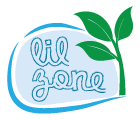Shiatsu massage, an ancient healing practice rooted in traditional Chinese and Japanese medicine, carries profound cultural significance. This holistic approach to wellness holds the power to rejuvenate both body and mind. In this article, we delve into the art of Shiatsu massage, exploring its origins, techniques, and transformative effects on overall well-being.
Understanding Shiatsu Massage
Define Shiatsu massage and its literal meaning. Shiatsu, translated as “finger pressure,” is a therapeutic technique that encompasses touch, energy flow, and precise acupressure. It embodies the philosophy of harmonizing the body’s vital energy, known as “Ki.”
Explore the roots of Shiatsu in traditional Chinese and Japanese medicine. Shiatsu traces its lineage back to ancient Eastern healing systems, blending the wisdom of Chinese acupuncture with Japanese massage techniques. This fusion creates a holistic approach to restoring balance.
Explain the principles of energy flow (Ki) and meridians in Shiatsu massage. Central to Shiatsu is the belief in “Ki” energy that flows through meridians, or energy pathways, in the body. By stimulating specific points along these meridians, practitioners seek to balance the body’s energy and promote well-being.
The Therapeutic Essence of Shiatsu
Discuss how Shiatsu massage promotes relaxation and stress relief. Shiatsu’s nurturing touch soothes tension, fostering relaxation by activating the body’s parasympathetic response. This natural relaxation state encourages healing and renewal.
Describe how the art of Shiatsu balances energy pathways within the body. Through targeted pressure and stretching, Shiatsu aims to alleviate blockages in meridians, facilitating the harmonious flow of Ki energy. This restoration of balance brings about a sense of vitality.
Highlight its effectiveness in addressing specific physical and emotional concerns. Shiatsu isn’t limited to relaxation; it offers tailored relief for ailments like pain, insomnia, and digestive issues. By restoring energy equilibrium, it nurtures the body’s innate healing mechanisms.
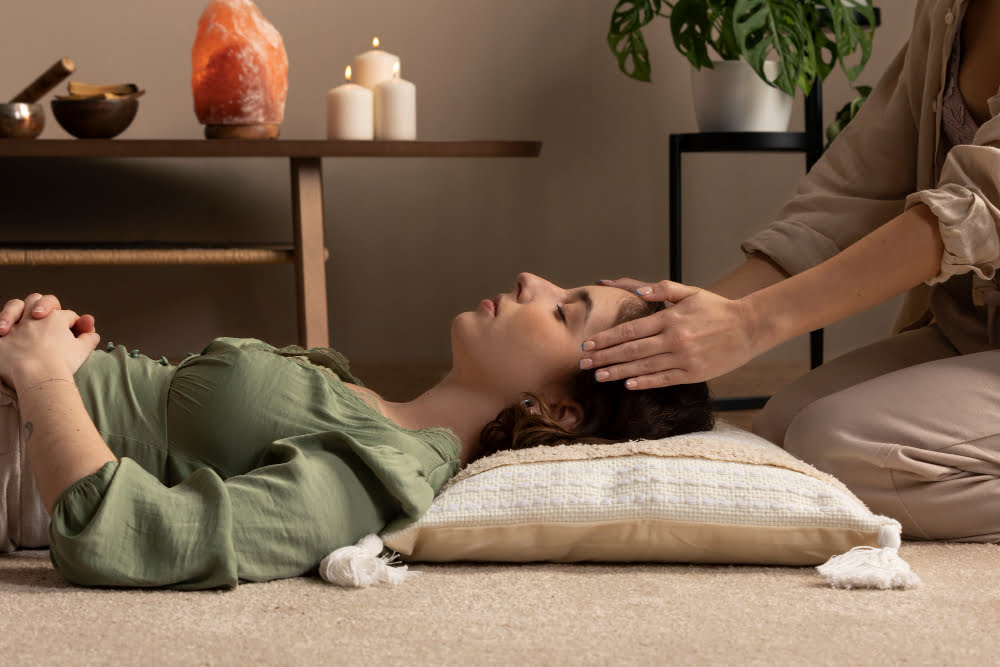
The Techniques of Shiatsu Massage
Examine the gentle pressure and stretching techniques employed in Shiatsu. Practitioners utilize gentle yet firm finger, thumb, and palm pressure to stimulate acupressure points. This therapeutic touch promotes relaxation and releases tension.
Elaborate on palm, finger, and thumb pressure to stimulate acupressure points. Each touch is deliberate; palm techniques cover broader areas, fingers target precise points, and thumbs delve deeper into muscle knots. This combination optimizes the therapeutic experience.
Explore the concept of “tsubo” and its role in Shiatsu massage. “Tsubo,” or vital points, hold immense significance in Shiatsu. These points are considered gateways to the body’s energy flow, and their manipulation contributes to holistic healing.
The Art of Touch and Connection
Discuss the significance of practitioner-client connection in Shiatsu. The bond between practitioner and client enhances the efficacy of Shiatsu. Trust and empathy foster a safe space for healing, promoting relaxation and openness.
Explore the intuitive and compassionate approach that defines Shiatsu massage. Shiatsu practitioners employ their intuition to identify energy imbalances. This empathetic connection allows for personalized treatments, addressing each client’s unique needs.
Emphasize the importance of creating a soothing and serene environment. The environment plays a pivotal role in the effectiveness of Shiatsu. Dimmed lights, calming music, and comfortable settings enhance the overall experience of relaxation and healing.
Preparing for a Shiatsu Session
Provide guidelines for clients on what to expect during a Shiatsu massage session. Clients should anticipate a tranquil and respectful environment, where their comfort is paramount. Communication about any concerns or preferences is encouraged.
Detail the ideal setting, including lighting, music, and temperature. The setting is carefully curated to induce relaxation. Soft lighting, soothing music, and a cozy room temperature create an atmosphere conducive to healing.
Offer suggestions for comfortable clothing and body positioning. Clients are advised to wear loose, comfortable clothing that allows for unrestricted movement. Body positioning on a supportive surface ensures optimal comfort during the massage.
Benefits for Body and Mind
Examine the physical benefits, such as improved circulation and flexibility. Shiatsu’s techniques stimulate blood flow, promoting better circulation and oxygenation of tissues. This leads to enhanced flexibility and reduced muscle tension.
Discuss how Shiatsu massage can alleviate pain and tension in specific areas. By targeting specific pressure points and knots, Shiatsu effectively eases localized pain and discomfort, leaving muscles and joints rejuvenated.
Highlight the mental and emotional benefits, including reduced anxiety and enhanced relaxation. Shiatsu’s calming touch releases endorphins, reducing stress and anxiety. The resulting relaxation fosters a sense of tranquility and mental clarity.
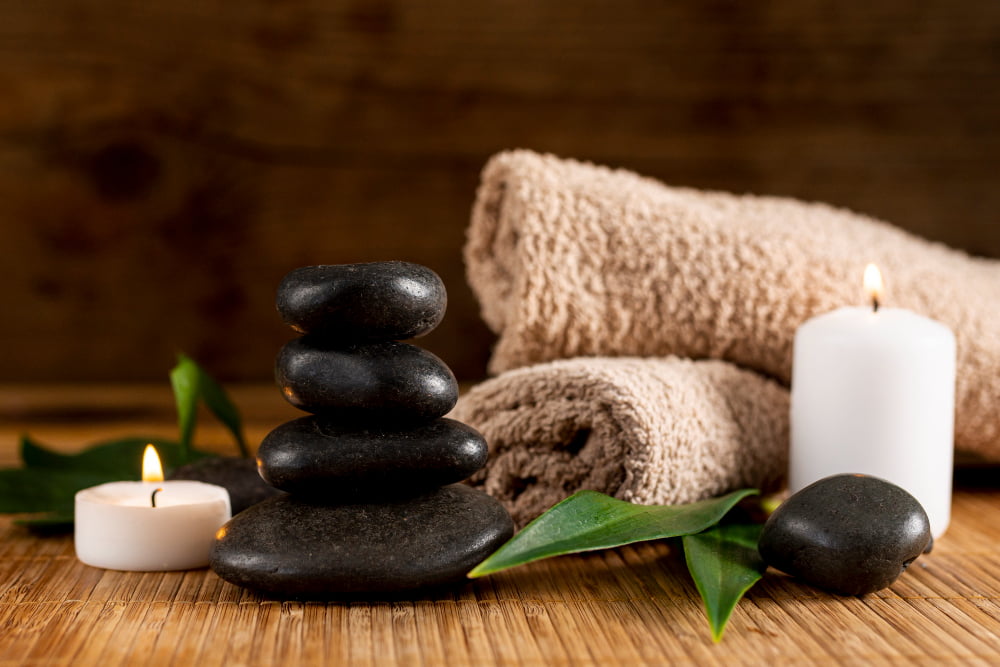
Shiatsu Massage and Energy Flow
Explain the concept of “Ki” energy and its role in Shiatsu massage. “Ki” energy is the life force that flows through meridians, maintaining overall balance. Shiatsu’s aim is to remove blockages and enhance this flow, promoting well-being.
Discuss the meridian system and its connection to overall well-being. Meridians are energy pathways that connect organs, influencing physical and emotional health. Balancing these meridians through Shiatsu contributes to holistic wellness.
Explore how Shiatsu aims to harmonize the body’s energy flow for optimal health. By addressing energy imbalances, Shiatsu works to restore harmony within the body. This equilibrium paves the way for improved health and vitality.
Acupressure Points and Their Significance
Provide an overview of key acupressure points used in Shiatsu massage. Specific points along meridians play vital roles in Shiatsu therapy. These points are chosen based on the individual’s needs, facilitating energy balance.
Detail the connection between these points and various physical and emotional functions. Acupressure points correspond to specific organs and emotions. Activating these points through Shiatsu supports the body’s natural healing mechanisms.
Explain how activating these points influences the body’s energy balance. Stimulation of acupressure points encourages the unobstructed flow of “Ki” energy. This balance translates into improved physical and emotional well-being.
The Art of Shiatsu in Practice
Walk through a step-by-step process of a typical Shiatsu massage session. A Shiatsu session begins with an assessment of the client’s energy flow. Techniques are then tailored, addressing specific needs through skillful manipulation.
Describe the sequence of techniques, including starting positions and transitions. Starting with grounding techniques, practitioners gradually progress to more intense stretches and pressure points. Smooth transitions ensure a seamless and relaxing experience.
Offer insights into the flow of energy through meridians during the massage. As practitioners move along meridians, they unlock energy pathways, facilitating the flow of “Ki.” This process is instrumental in achieving a balanced state.
The Role of Intuition and Mindfulness
Discuss how intuition guides practitioners in identifying areas of imbalance. Experienced Shiatsu practitioners rely on their intuition to identify areas where energy flow is disrupted. This sensitivity allows for tailored treatments.
Emphasize the role of mindfulness in connecting with clients and their needs. Mindfulness is pivotal in creating a therapeutic connection. By focusing on the present moment, practitioners attune to clients’ needs and energy.
Highlight the spiritual aspect of Shiatsu massage as a meditative practice. Shiatsu transcends the physical, embracing spirituality. Practitioners and clients alike can experience a meditative state that promotes self-awareness and serenity.

Shiatsu for Specific Concerns
Explore how Shiatsu massage can address various health issues like insomnia, digestion, and headaches. Shiatsu’s targeted approach makes it effective for addressing specific ailments. By aligning energy, it can alleviate symptoms and promote natural healing.
Provide detailed guidance on tailoring sessions for specific concerns. Practitioners adapt techniques to address clients’ individual concerns. This personalized approach enhances the therapeutic impact of Shiatsu.
Highlight case studies or anecdotes that illustrate the positive outcomes of Shiatsu. Real-life success stories underscore Shiatsu’s efficacy. From improved sleep to reduced pain, these narratives showcase the tangible benefits of the practice.
Ethical Considerations in Shiatsu
Discuss the importance of practitioner-client boundaries and consent. Establishing boundaries and obtaining client consent are paramount. This creates an environment of trust and respect, fostering a positive therapeutic relationship.
Address ethical guidelines for professionalism, confidentiality, and communication. Practitioners adhere to ethical standards that prioritize client well-being. Confidentiality, clear communication, and maintaining professionalism are integral aspects.
Highlight the role of trust and respect in creating a safe therapeutic space. Trust is the foundation of any therapeutic relationship. When clients feel respected and heard, they can fully embrace the healing process of Shiatsu.
Learning the Art of Shiatsu
Provide information on training and certification for aspiring Shiatsu practitioners. For those interested in becoming Shiatsu practitioners, specialized training and certification programs equip them with the necessary skills and knowledge.
Discuss the various schools and styles of Shiatsu massage available. Shiatsu encompasses diverse approaches and styles, each with its unique focus. Prospective practitioners can choose a style that resonates with their philosophy.
Offer resources for those interested in further study and practice. Books, workshops, and online courses provide avenues for continued learning and practice. These resources nurture the growth of aspiring Shiatsu practitioners.
Incorporating Shiatsu into Daily Life
Suggest ways to integrate Shiatsu principles into self-care routines. Integrating Shiatsu principles into daily life enhances well-being. Breathing exercises, self-massage, and mindful stretching can be easily incorporated.
Offer simple techniques for self-massage and acupressure at home. Teach readers basic self-massage and acupressure techniques. These practices empower individuals to address minor discomforts and maintain energy flow.
Discuss the long-term benefits of incorporating Shiatsu principles into one’s lifestyle. Embracing Shiatsu’s holistic philosophy yields lasting benefits. Regular practice can enhance physical health, emotional resilience, and overall vitality.
Scientific Perspective on Shiatsu
Present scientific research and studies that support the efficacy of Shiatsu massage. Scientific studies affirm the positive impact of Shiatsu on stress reduction, pain management, and psychological well-being. Research contributes to its recognition as a valuable therapeutic modality.
Discuss findings related to stress reduction, pain management, and overall well-being. Research underscores Shiatsu’s capacity to alleviate stress and pain, improving the quality of life for recipients. These findings validate its value as a holistic healing practice.
Highlight the growing interest of the medical community in complementary therapies. Shiatsu’s integration into conventional medicine reflects a paradigm shift towards holistic approaches. Medical professionals recognize its role in enhancing patient well-being.
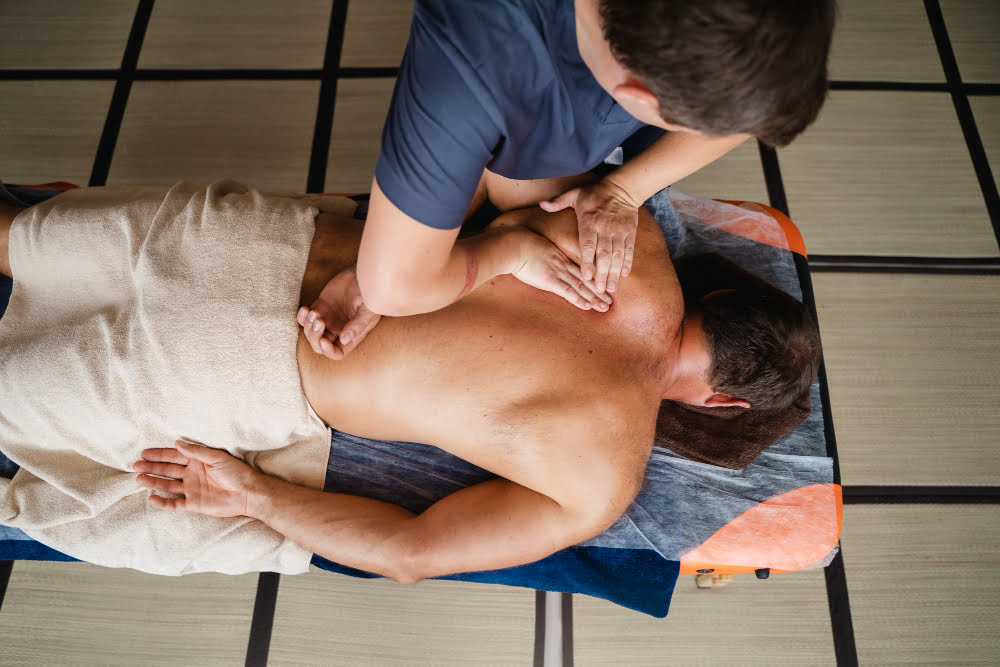
Client Testimonials
Include personal stories from individuals who have experienced the benefits of Shiatsu. Real-life accounts provide authenticity to Shiatsu’s impact. Clients share how this practice has transformed their lives, offering hope and inspiration to others.
Showcase real-life accounts of how Shiatsu massage has improved their health and quality of life. Testimonials shed light on the tangible benefits experienced by clients. From pain relief to emotional balance, these stories testify to the potency of Shiatsu.
Provide a diverse range of testimonials to resonate with a broad audience. Incorporate testimonials from different age groups and backgrounds. This diversity helps readers relate to the experiences shared and envision Shiatsu’s potential impact.
Cultural Appreciation and Preservation
Discuss the cultural significance of Shiatsu massage in Japan and beyond. Shiatsu is deeply intertwined with Japanese culture, reflecting its reverence for nature and balance. This cultural heritage enriches the practice’s authenticity.
Highlight efforts to preserve and promote traditional healing practices. In a rapidly changing world, preserving traditional healing practices like Shiatsu is crucial. Initiatives to safeguard these practices ensure their legacy endures.
Emphasize the importance of respecting cultural origins while embracing Shiatsu’s universal benefits. While Shiatsu’s benefits transcend borders, it’s essential to honor its cultural origins. This approach cultivates cultural sensitivity and appreciation.
FAQs: Your Curiosities Addressed!
Q1: Is Shiatsu massage suitable for everyone? Absolutely! Shiatsu is gentle and non-invasive, making it suitable for people of all ages and conditions. However, individuals with certain medical conditions should consult a healthcare professional before undergoing any massage therapy.
Q2: How many sessions are recommended to experience the full benefits? The frequency of sessions varies from person to person. For general wellness, a session every two weeks is often recommended. Individuals seeking relief from specific issues might benefit from more frequent sessions initially.
Q3: Can I learn to perform Shiatsu massage on my own? Certainly! While professional training is advisable, you can learn basic Shiatsu techniques to use on yourself or your loved ones. Just remember to start gently and gradually increase pressure as you become more familiar with the practice.
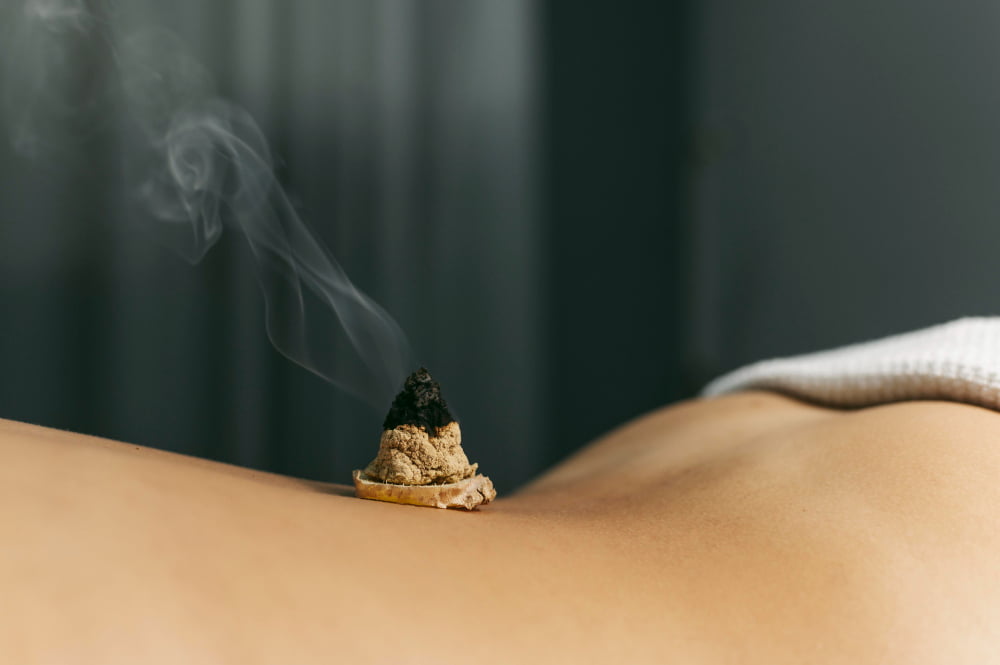
The art of Shiatsu massage is a journey that intertwines ancient wisdom with modern well-being. As we’ve explored its origins, techniques, and transformative effects, the profound connection between practitioner and client emerges as a cornerstone of this practice. By integrating Shiatsu into daily life and acknowledging its cultural roots, we embrace a holistic approach to health—one that restores harmony, balance, and vitality. As you consider experiencing the art of Shiatsu for yourself, remember that within its gentle touch lies the potential for profound transformation.
